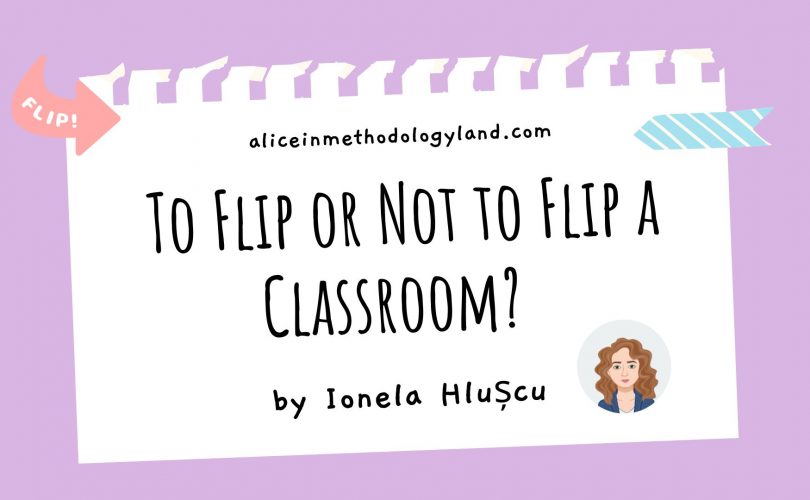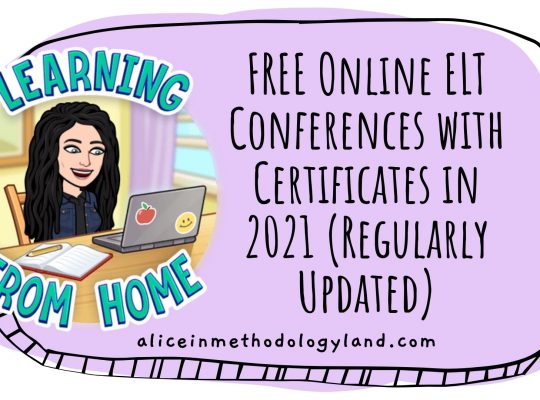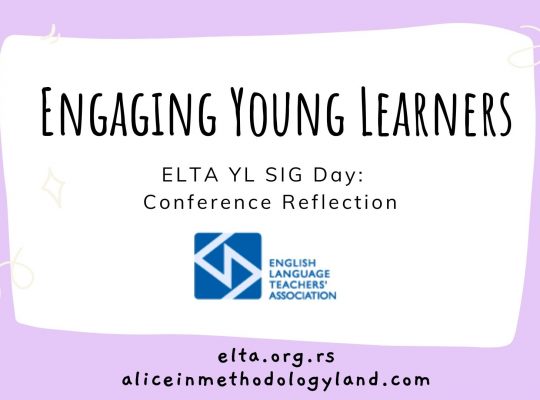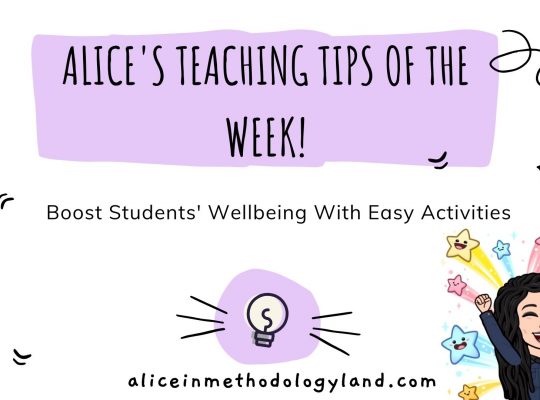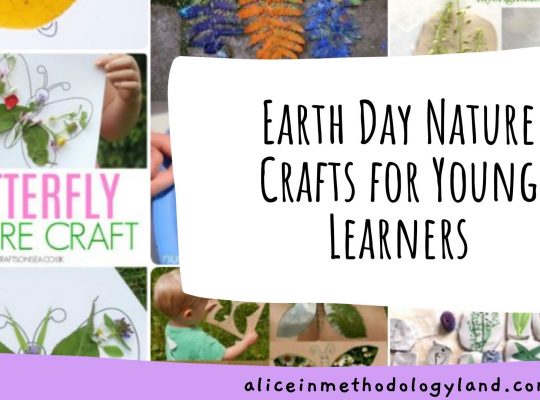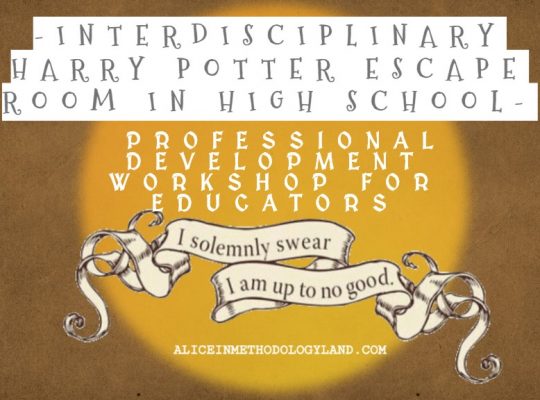Hello, my dear educators! This post is a special treat for me, and it’s written by a colleague from Romania, a primary school teacher with a knack for all things EdTech. Ionela participated in a face-to-face training in Slovenia I led in August 2022. We spent a week developing a flipped learning lesson plan and our flipped classroom. She conducted a great classroom experiment to test if flipped learning works for her classroom.
Ionela is not an English teacher, and the article has minimal grammar edits to respect her voice.
I hope you will enjoy Ionela’s opinion and her experience – it is perfectly depicting a teaching method as an idea and how it actually looks in the classroom when applied.
To Flip or Not to Flip a Classroom? by Ionela Hlușcu
Flipped learning. Hmmm. I first read about it for the first time, wandering online, trying to find inspiration on various blogs. I found it interesting enough to keep investigating for a while and then forgot about it.
Flipping without technology
Somewhere in the back of my mind, it stayed, but at the time, l lacked the experience and probably the need to just try it. The only connection I could think of was to the SINELG method, and as such, I used it when I had to use challenging, engaging reading materials for my students. They received the text on paper before the class. They had to read it and then mark the content according to a system that was already familiar to them. During the next class, we got our hands on the content. For that, we grouped into small teams of 4-5 students according to what was new or unclear for them in their reading. They would discuss amongst themselves and find solutions to specific tasks.
Flipping with online tools
Last summer, I went to Ljubljana for a course, and the concept of flipping got all new meanings involving technology. The funny thing is I used to bring technology into my classroom through storytelling tools, presentations, comics, online games, quizzes, and testing and still did not use it to deliver content. This shows the relevance of studying and taking the time to reflect on things. I decided to flip all my History, Geography, and Science classes this year.
I divided my teaching into two steps for my pupils:
Step 1-watching an online material and game or a short quiz.
Step 2- classroom work with plenty of personal experimentation and peer learning exercises. Before class time is over, I take solid feedback from the students. That allows me to guide them for the evaluation.
How did I sell the change to my students? Well, no additional homework.
Why? What is the benefit of flipping?
- We need more reflective and hands-on activities to understand some topics fully, so any additional time we gain by watching material at home is always beneficial.
- All my students can access a platform and handle devices well enough.
- The lesson is available at any point to be retaken to clarify content.
- We have multiple digital textbooks for each subject, but we hand our students just one.
- Parents will have a clearer view of what a school day for their child looks like and what are the main topics.
Challenges, challenges, challenges
Challenge 1: Students don`t come prepared to class
No matter how interesting the material is, some students will not watch it before class. Sometimes they have valid reasons too.
No matter how interesting the material is, some students will not watch it before class. Sometimes they have valid reasons too. What to do? Start the lesson by watching the video that was supposed to be seen at home and take it one step further, asking them to ask questions about the watched content directly. However, it`s only fair to state that in traditional classes, that could happen too. So building trust at school is always important.
Challenge 2: Time to prepare the video lessons
Yes, there is no way to come around it! I needed considerably more time to prepare for the classroom. The results are worth it. On the plus side, I could rely on multiple textbooks as a good point to start preparing the video lessons.
Genially material Ionela made in the training
To conclude
Organizing things turned out to be of great help. Students communicate more effectively and engage way better in learning. My intervention is always short, precise, and on point if and when they need my input. I have enough time to be present for the students needing extra guidance, and quite frankly, for the top students, I fill mostly as an ignition and a shelter for their work. Most of my teaching is probably done ahead of the classroom time in preparing the materials to read and the exercises relevant for acquiring the content and experiencing learning.
Do you have experience with flipped learning? Have you ever tried it? If yes, how did it go? If not, would you be willing to try? I would love to see your comments, questions, or fears in the comment section below!

Ionela Hlușcu is a primary education teacher with a Bachelor’s degree in Education Sciences and a Master’s degree in the European dimension of organization management. Ionela is also a teacher trainer and a career mentor. Her passion is EdTech and implementing digital tools in her classroom to teach and engage her students. She resides and teaches in Romania.
